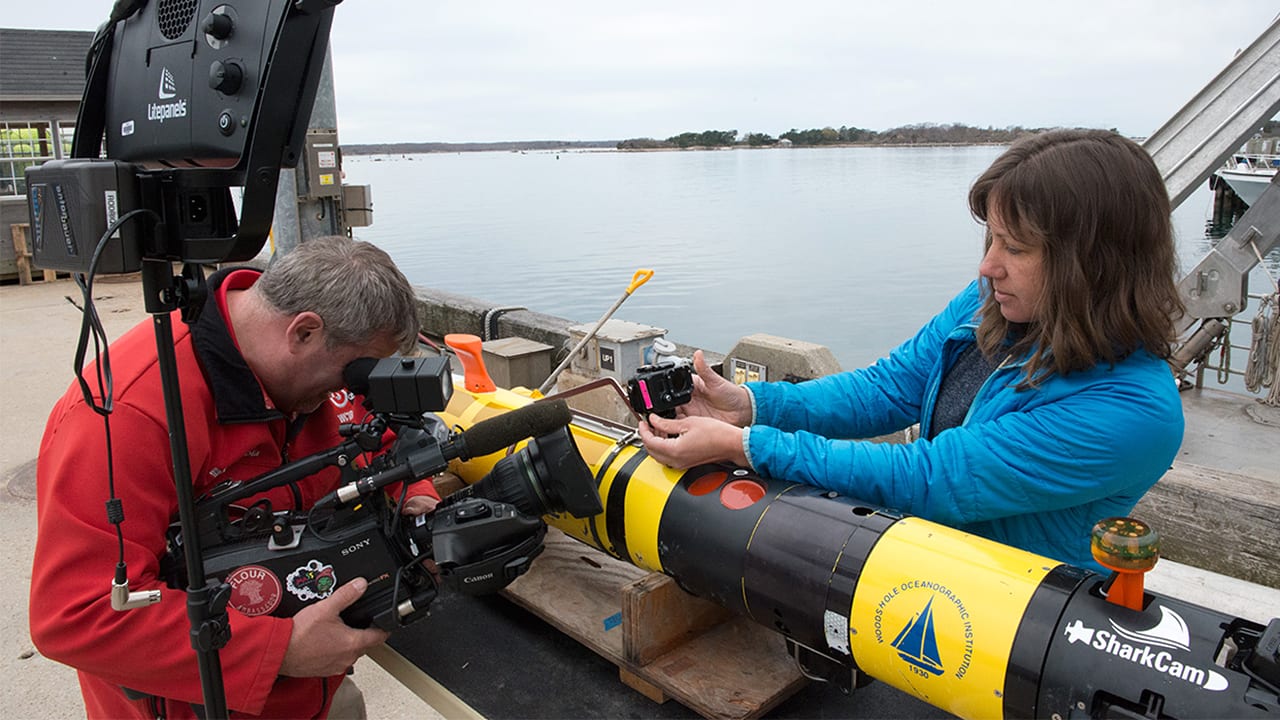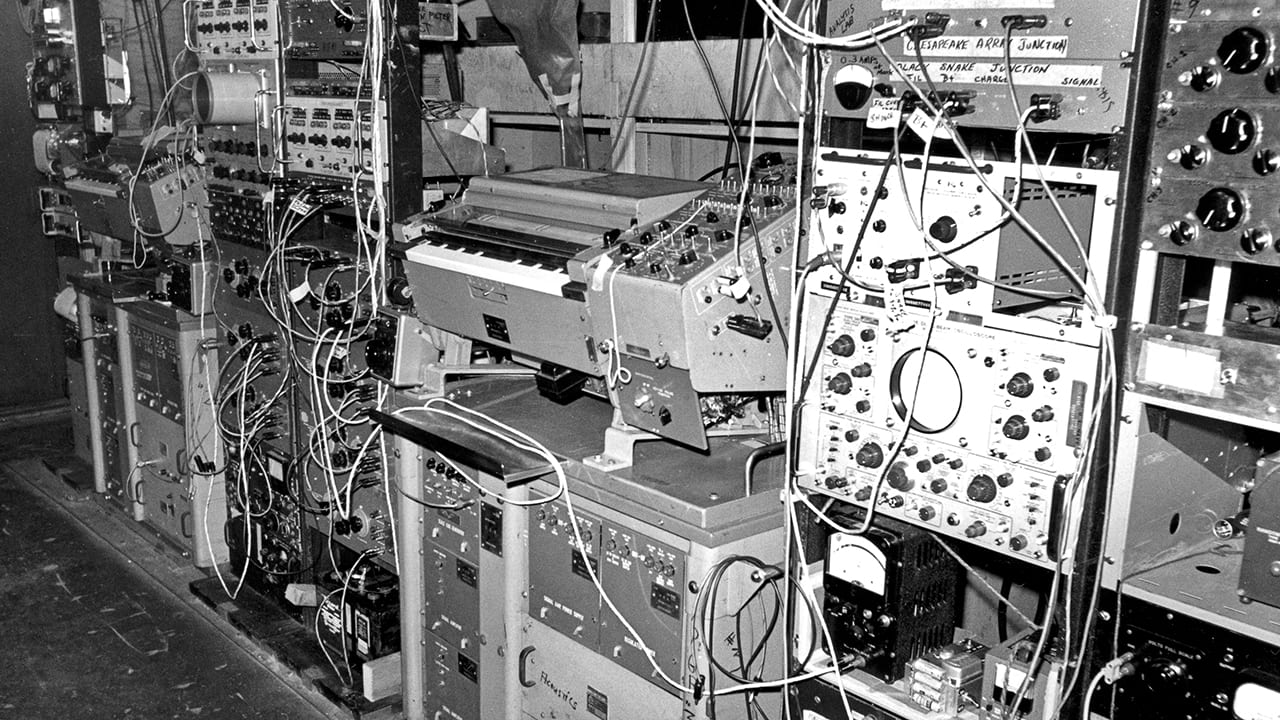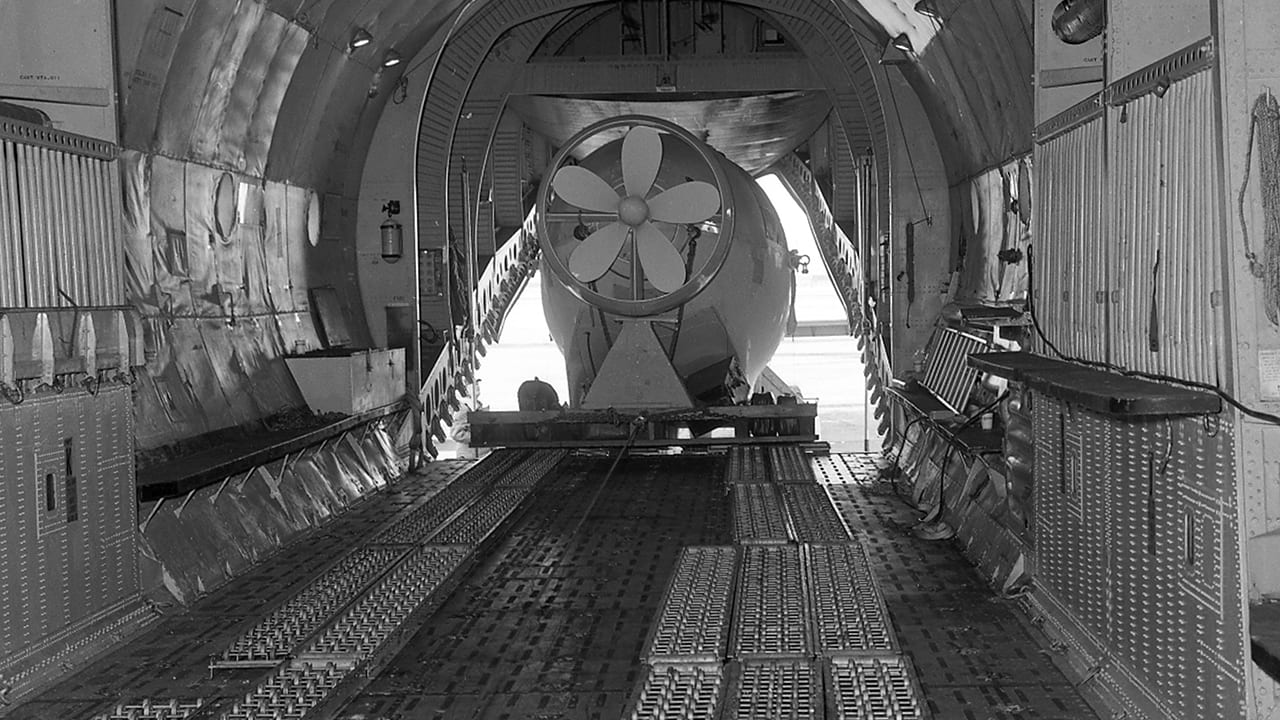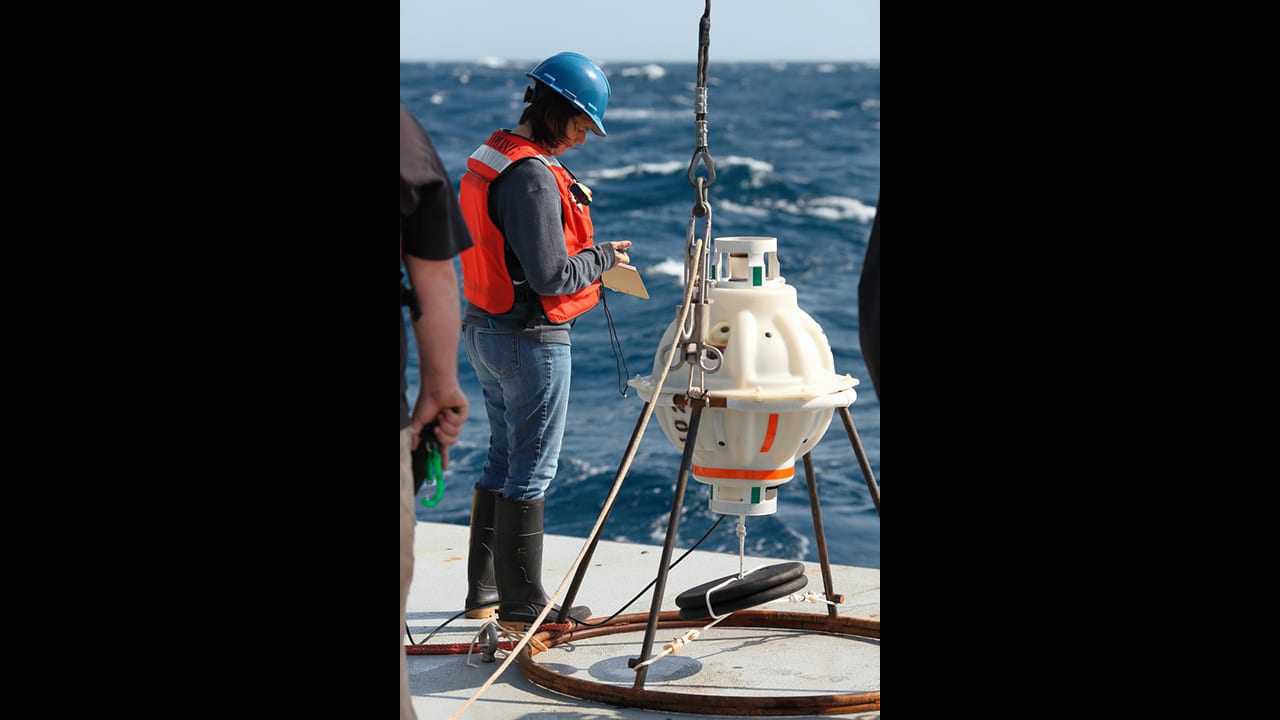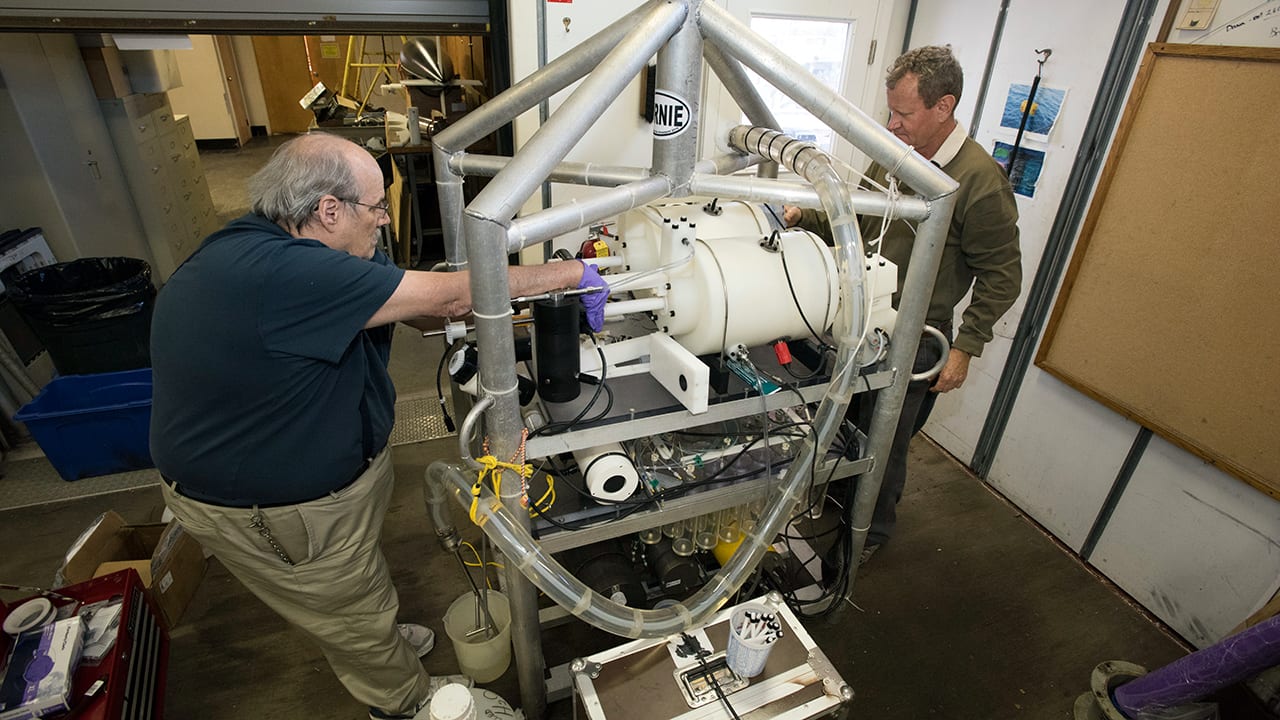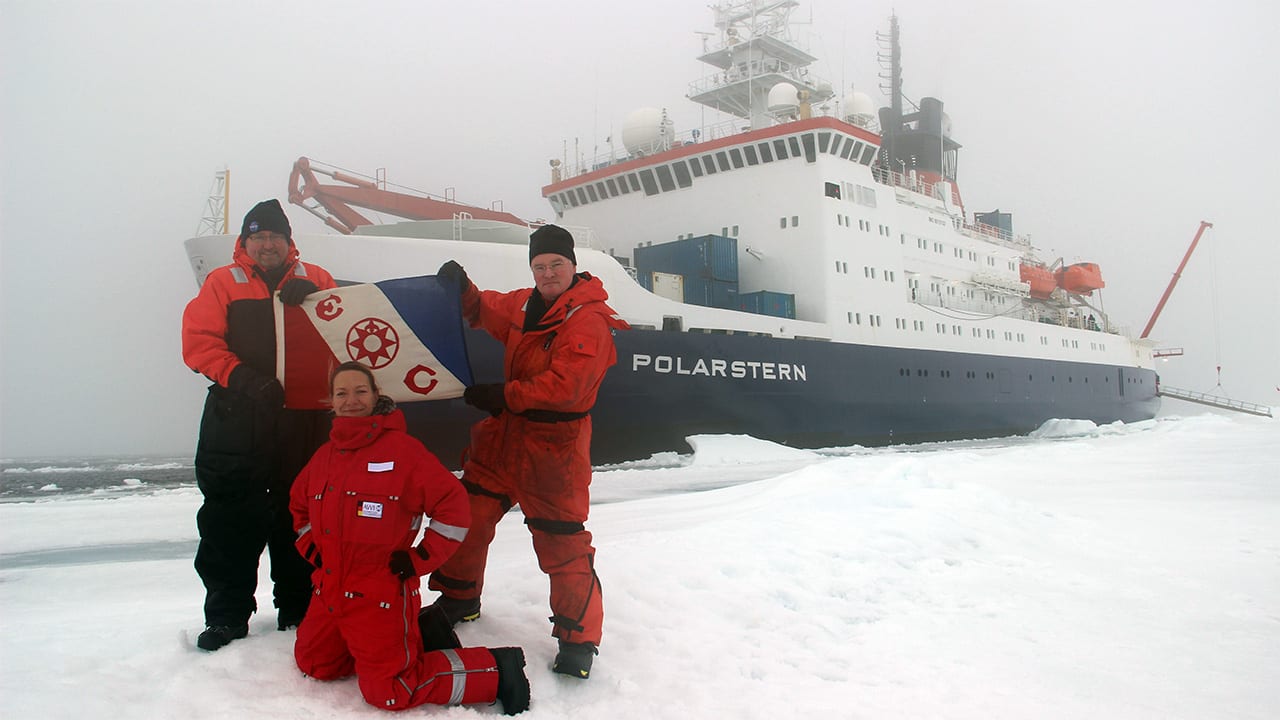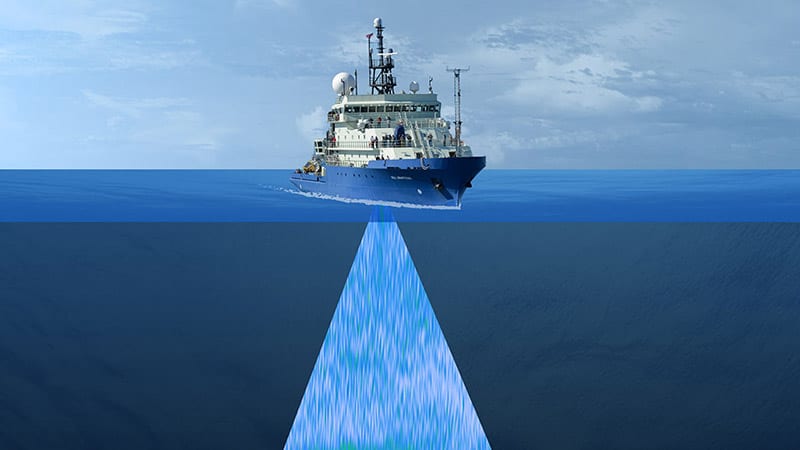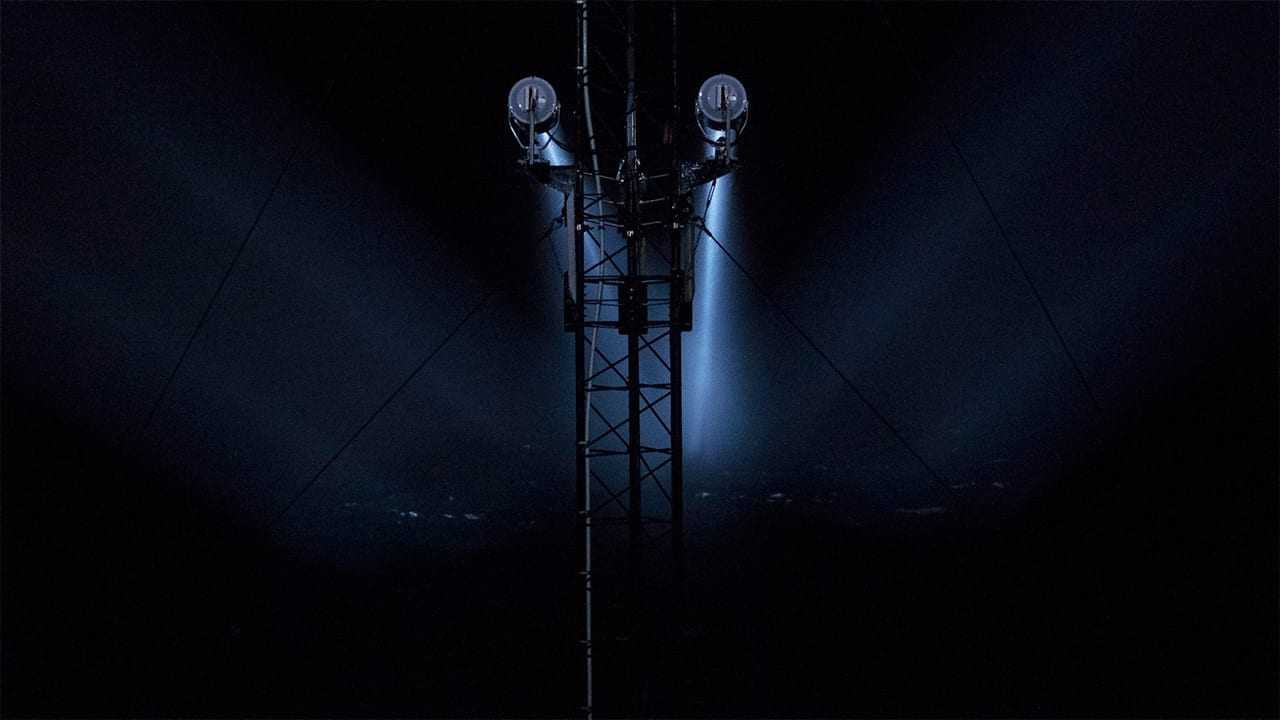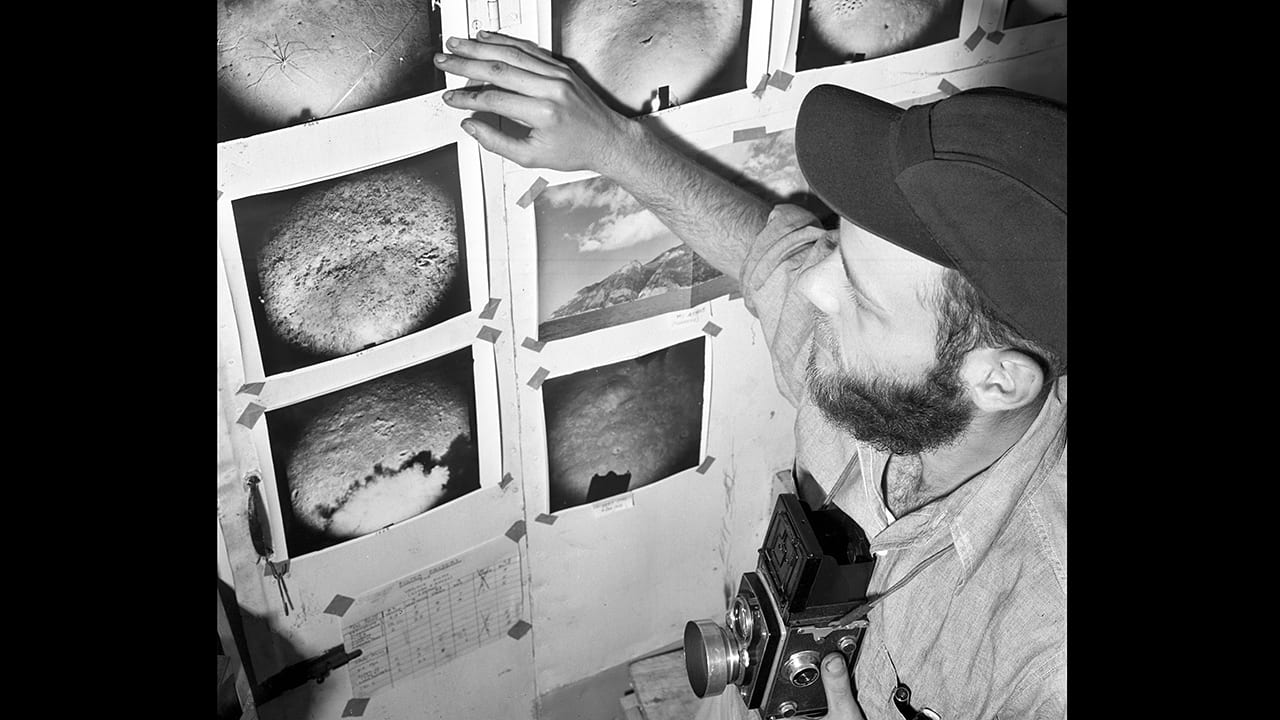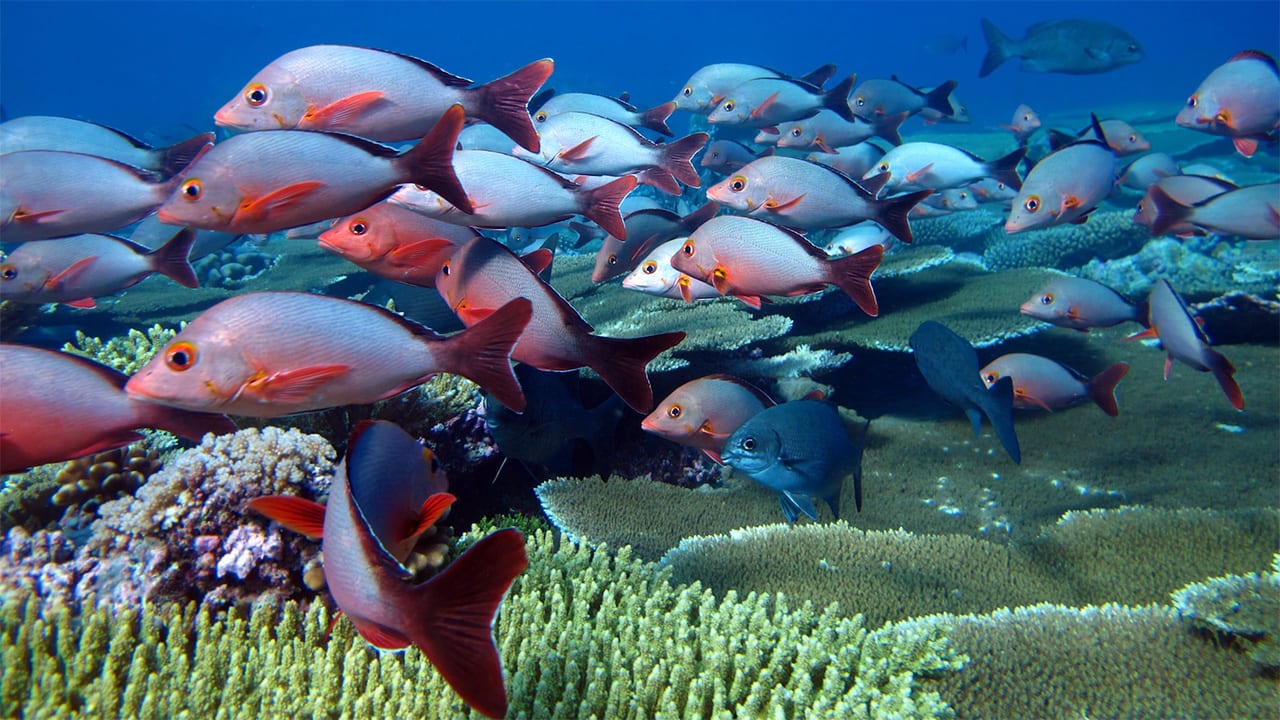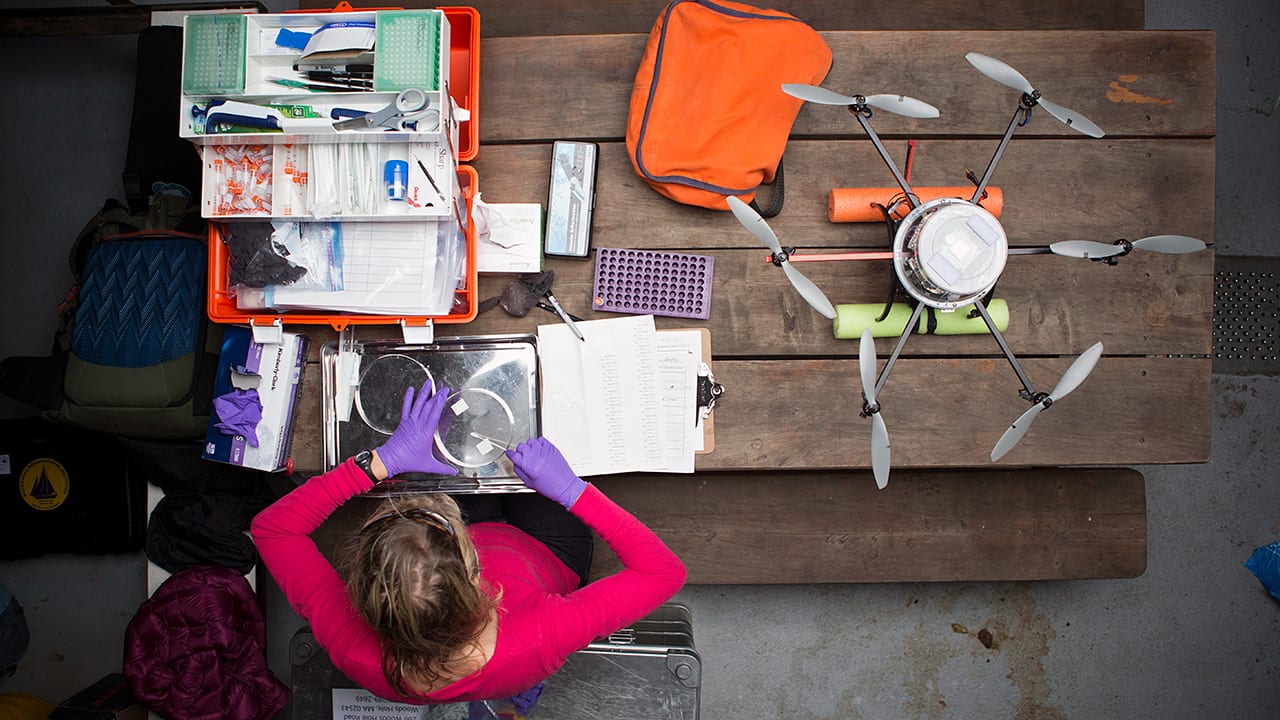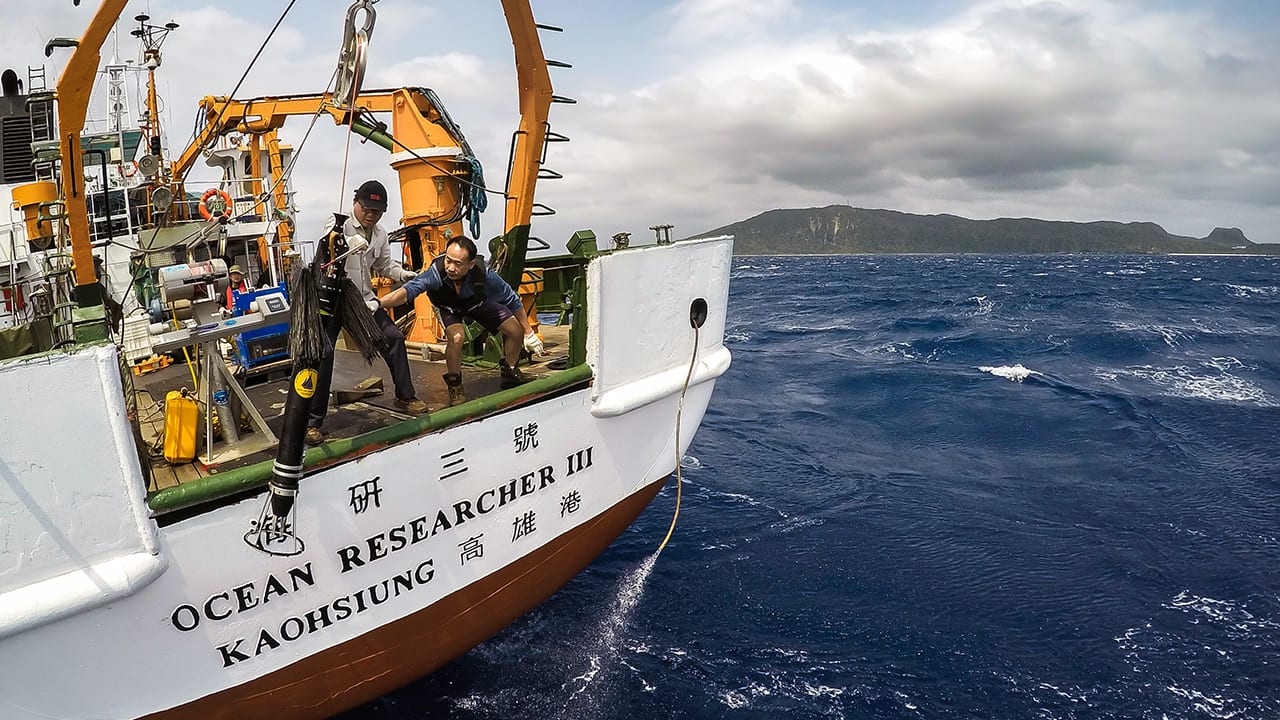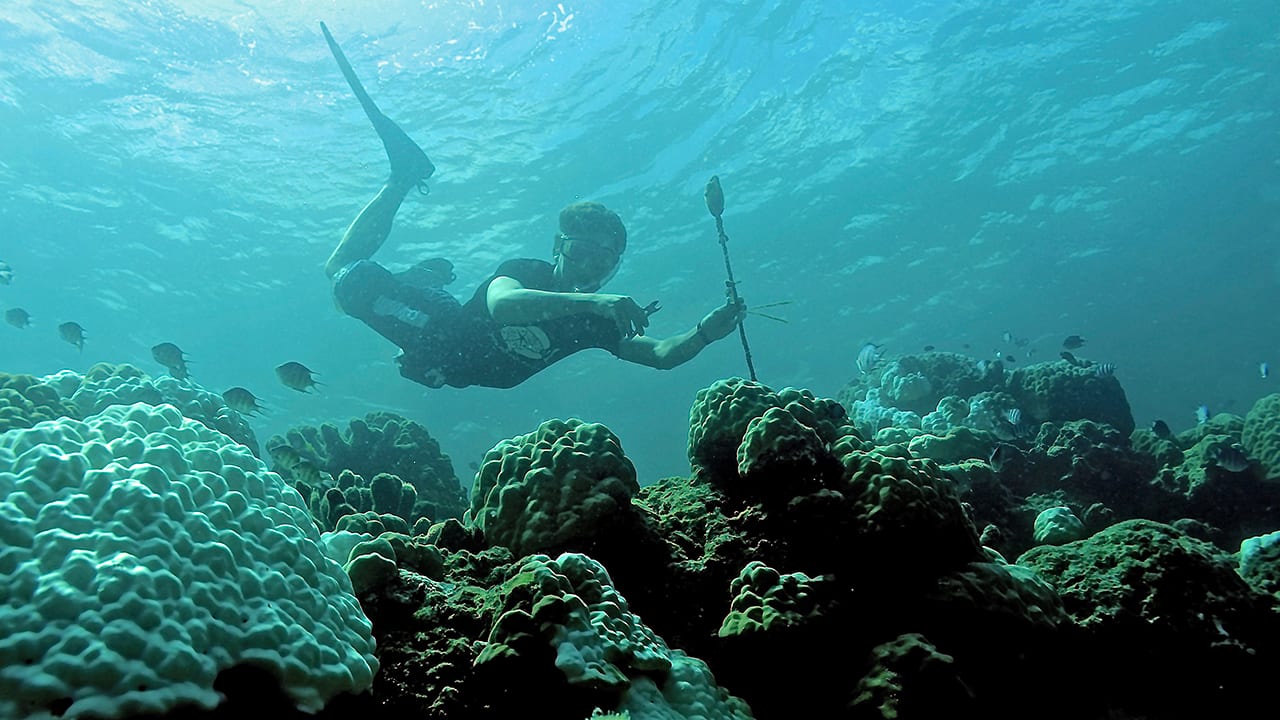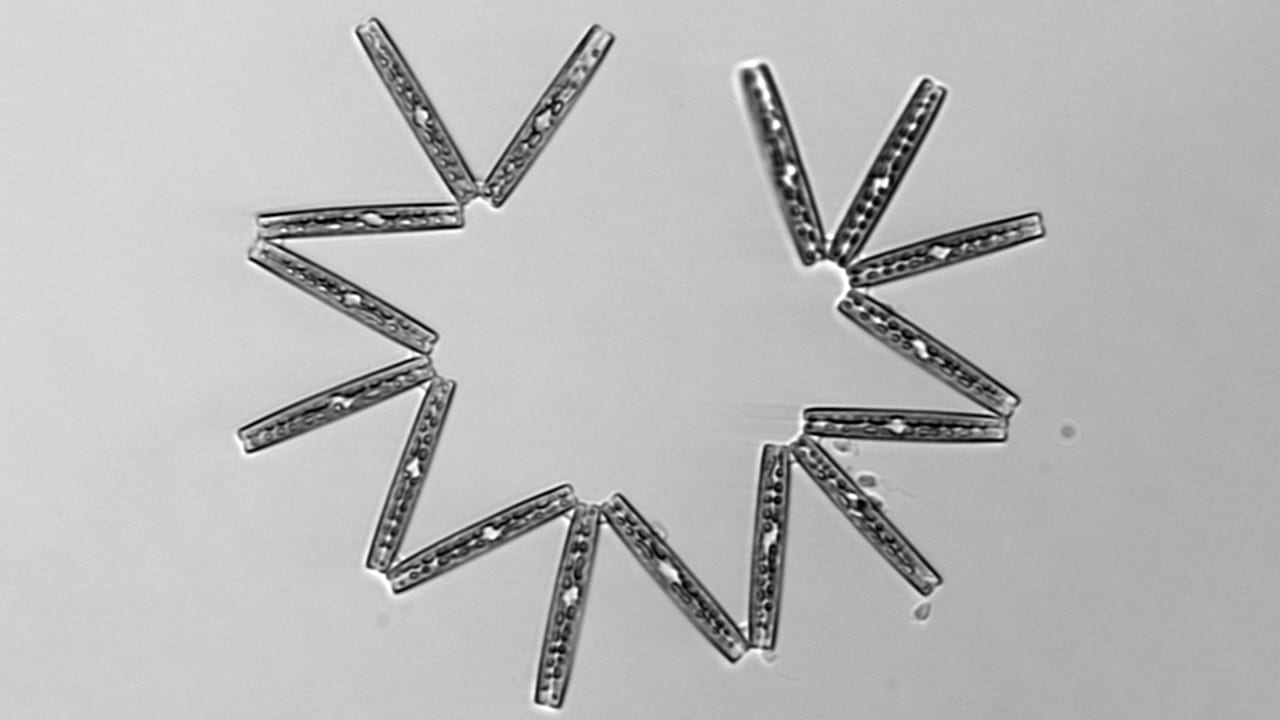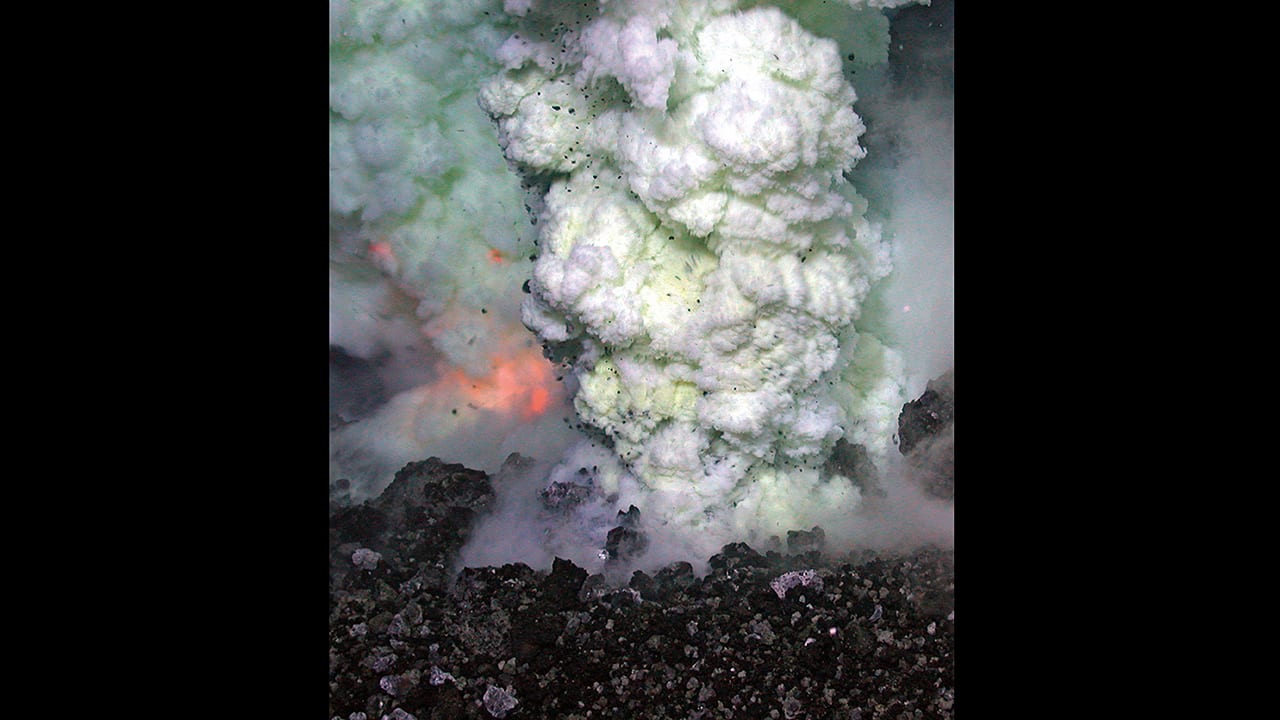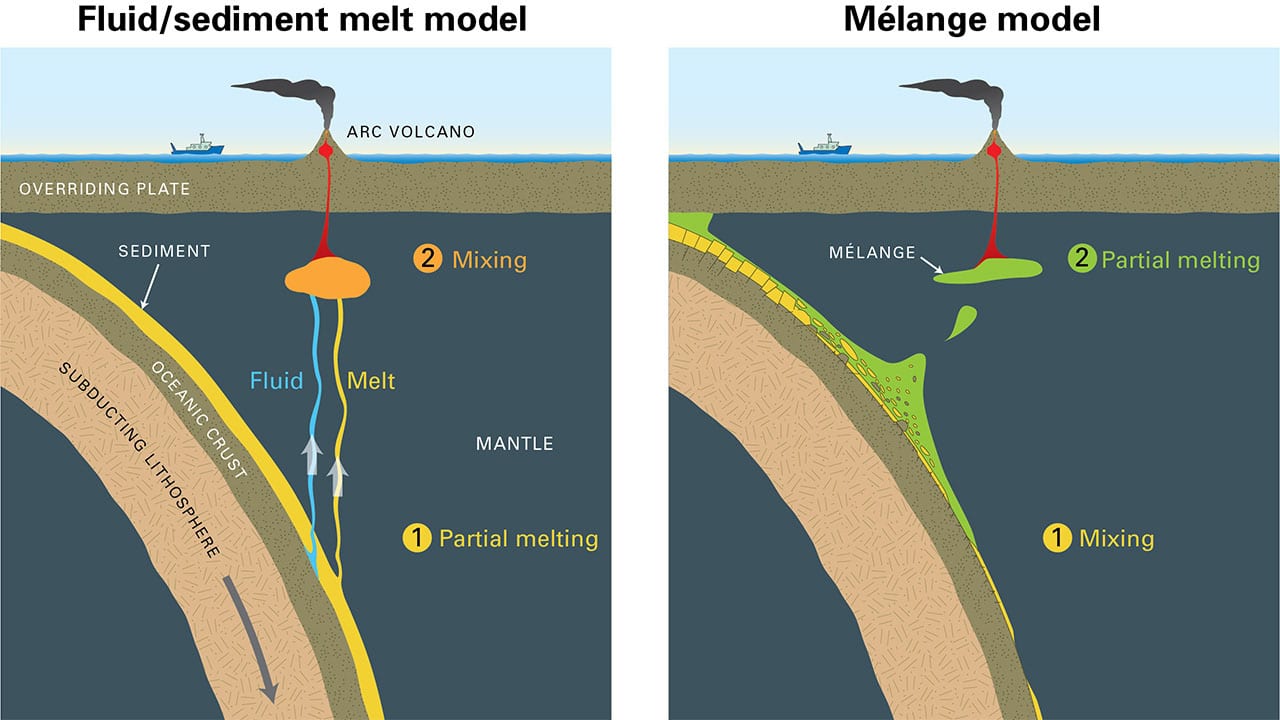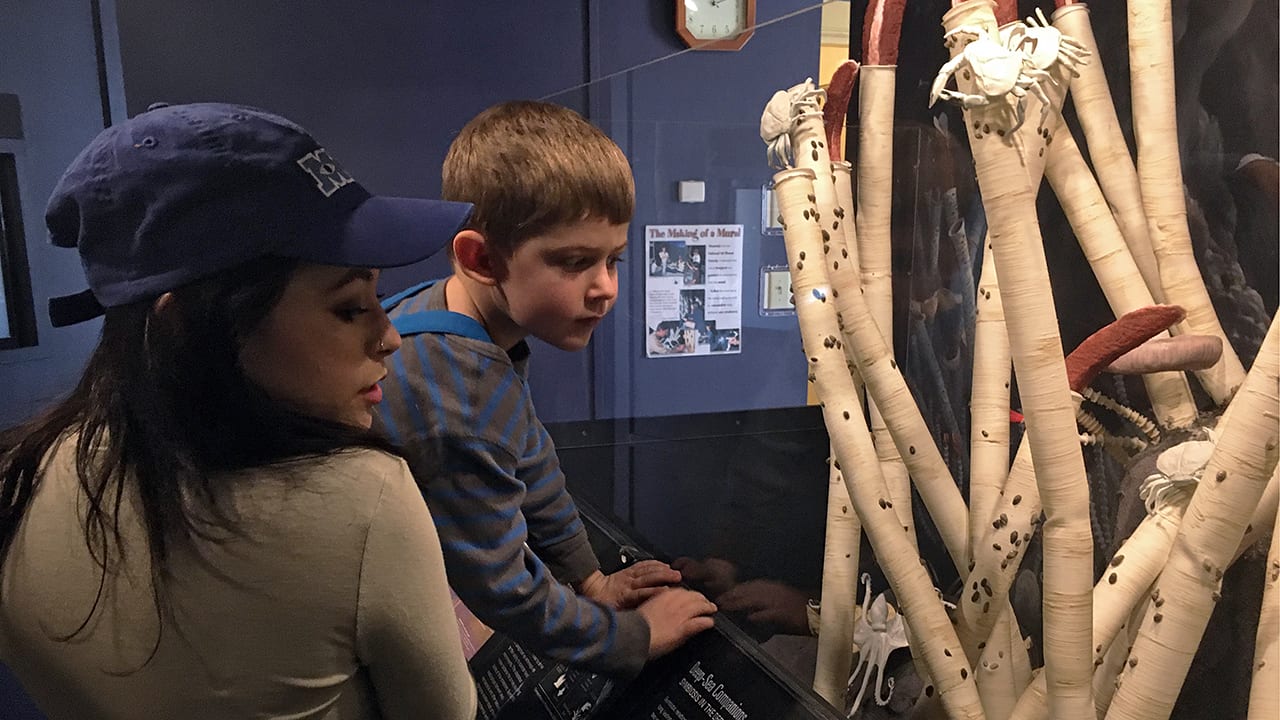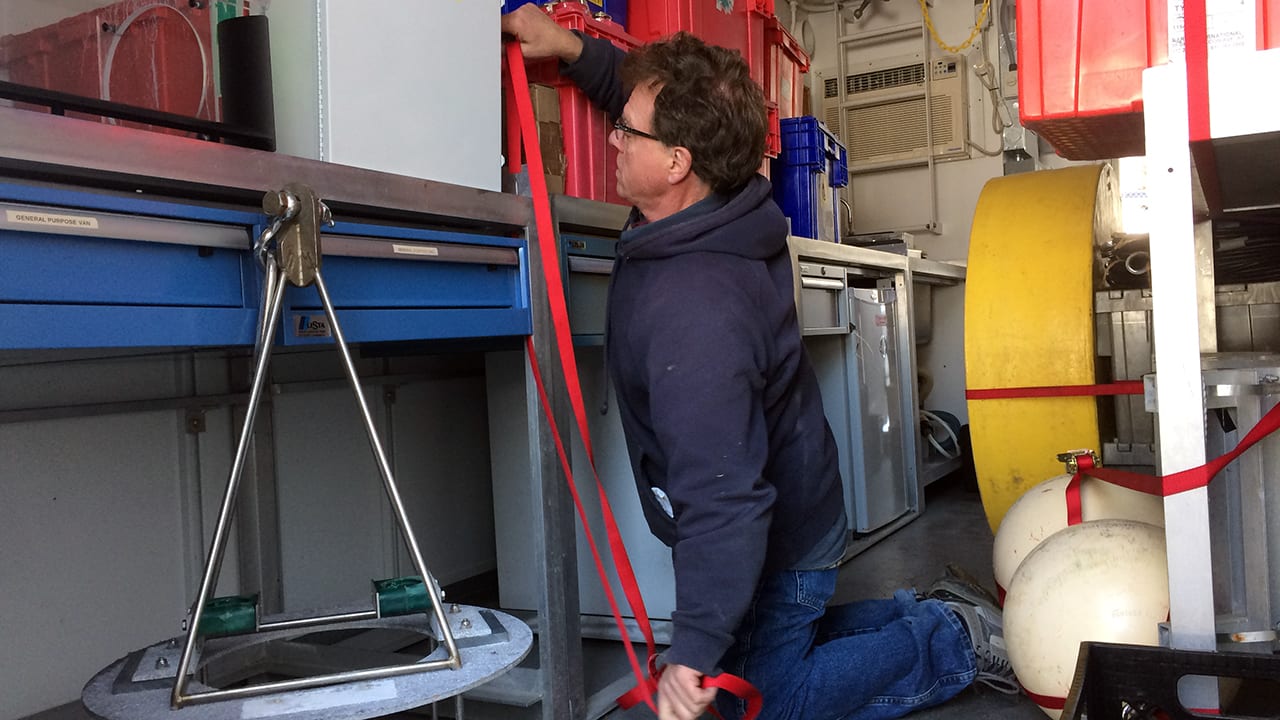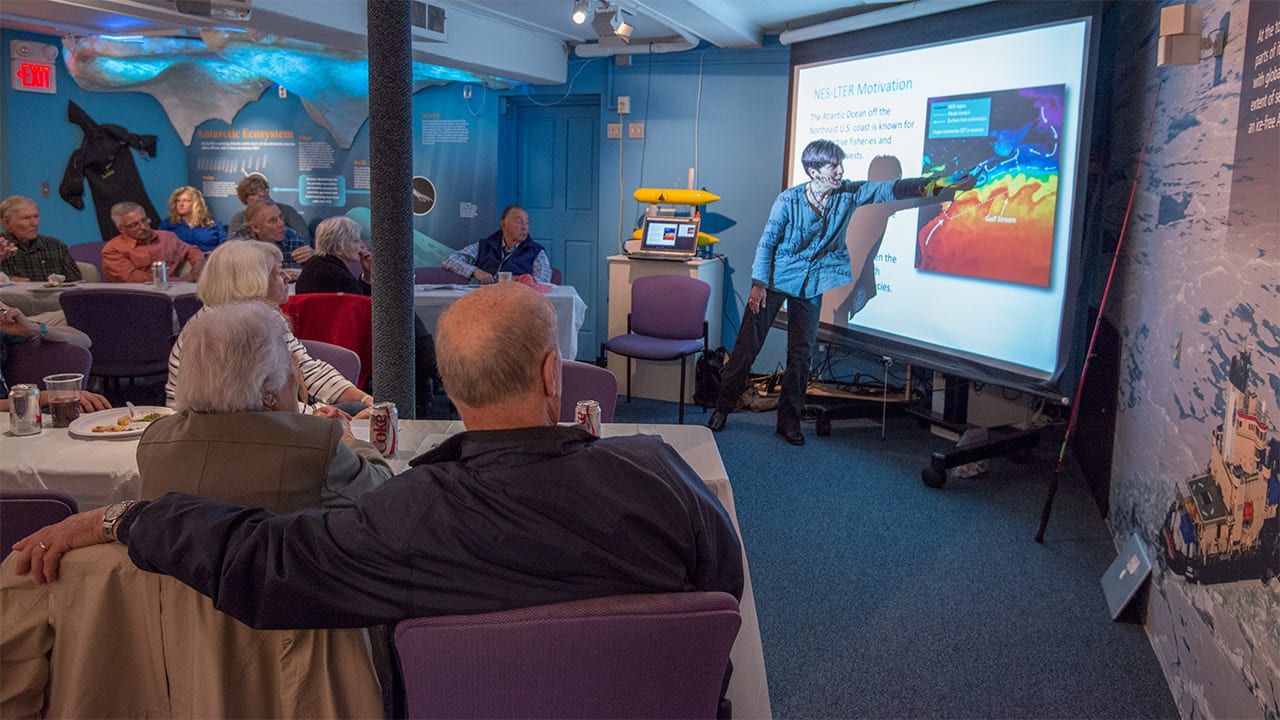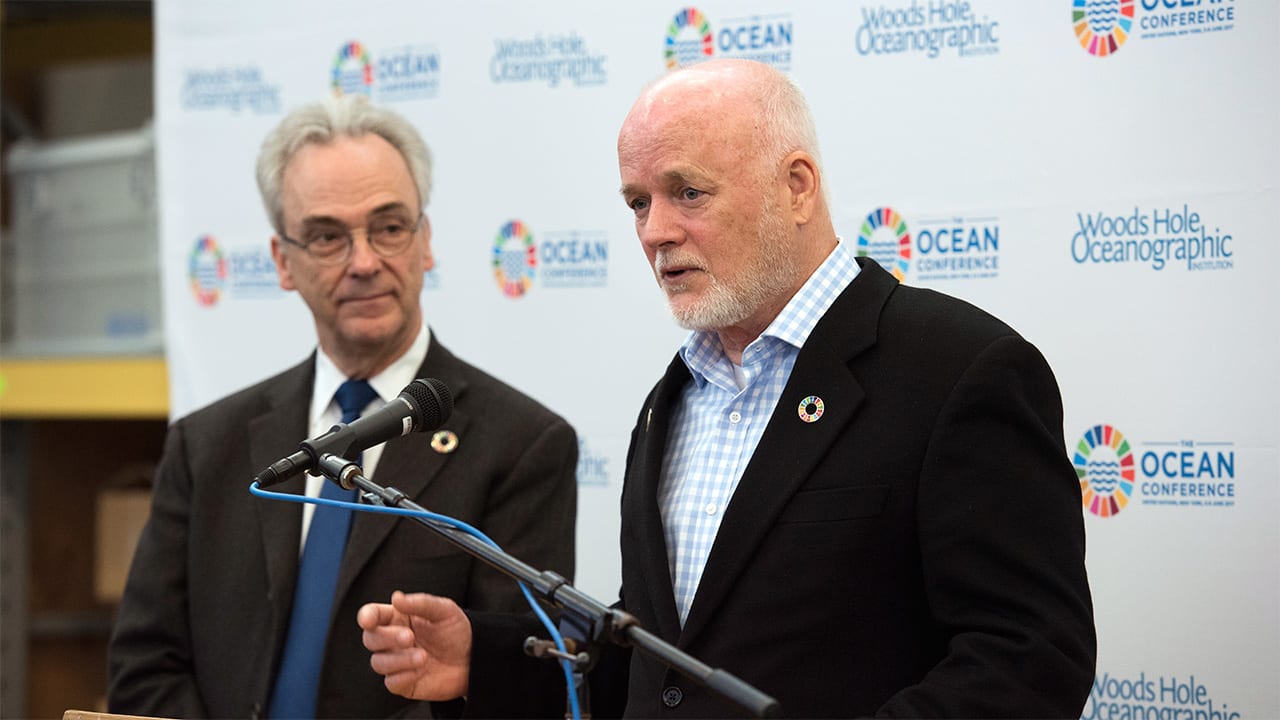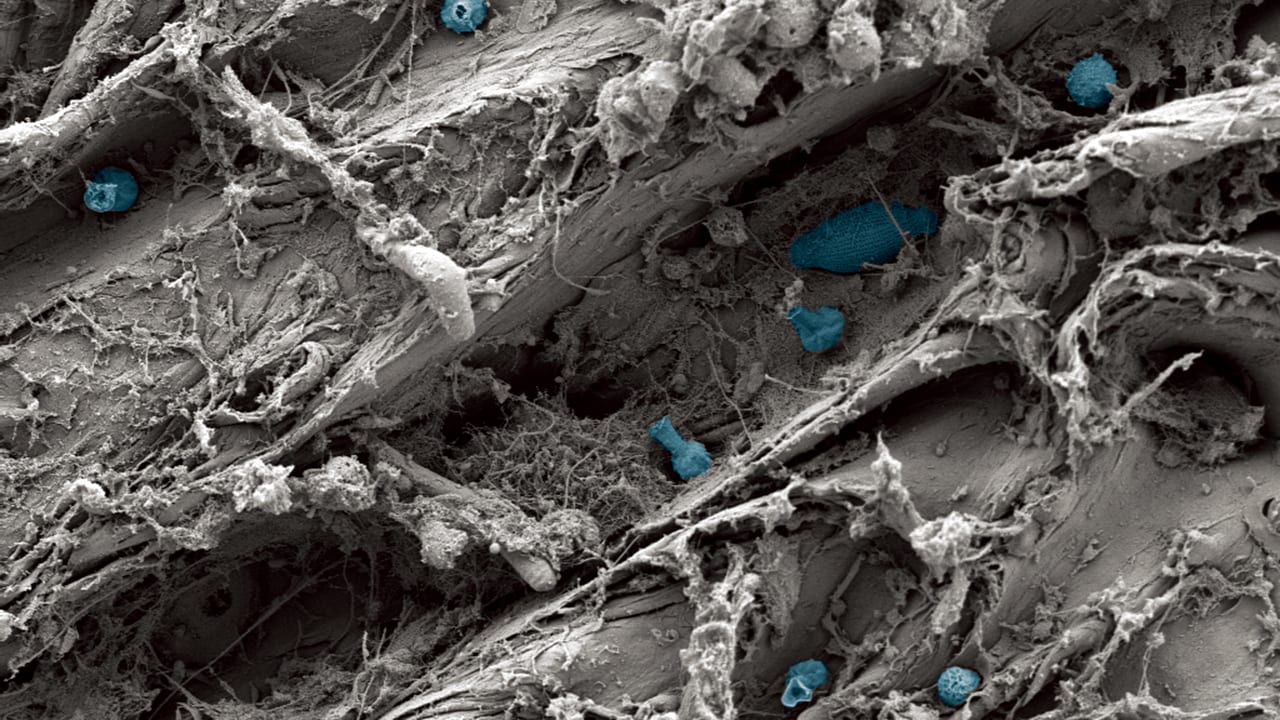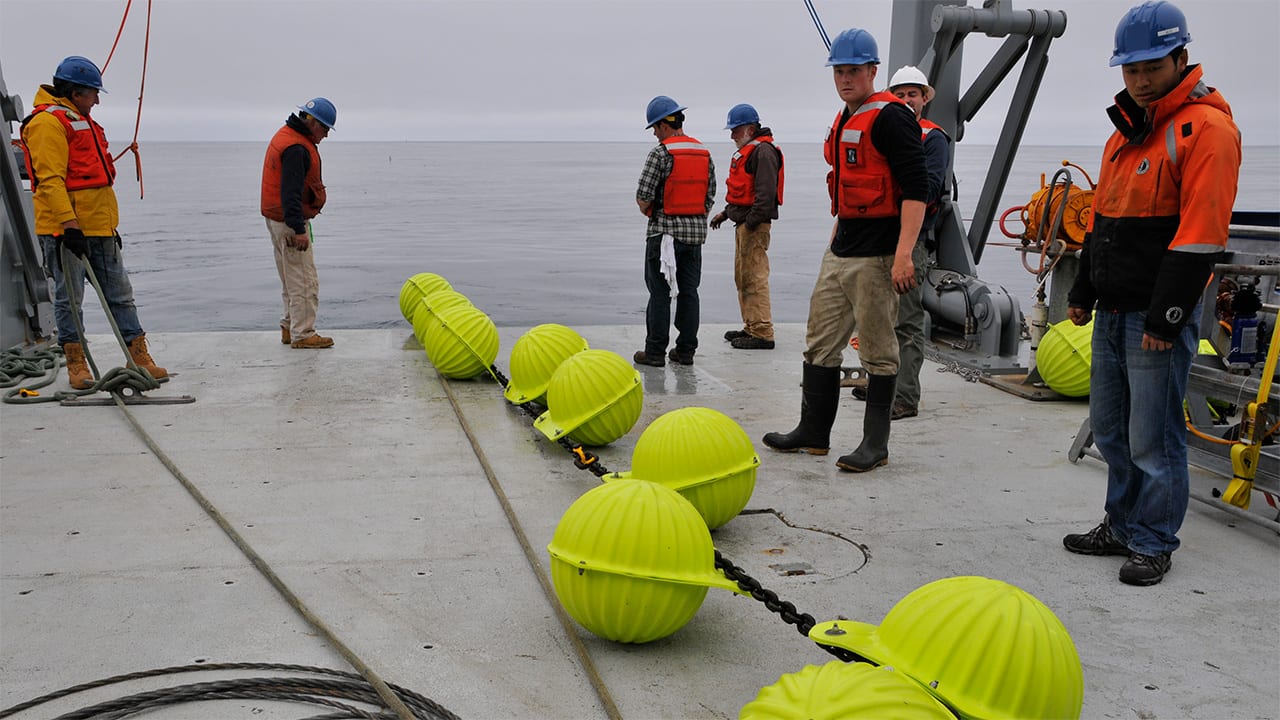Multimedia
Stunning Stinger
For such small, delicate creatures, they pack mighty painful stings. Known as a clinging jellyfish because they attach to seagrasses and seaweeds, Gonionemus are found along Pacific and Atlantic coast…
Read MoreWoods Hole in Focus
WHOI engineer Amy Kukulya attaches a camera to a specially equipped REMUS 100 autonomous underwater vehicle while being filmed for the New England nightly newsmagazine, Chronicle, on Boston’s ABC affiliate.…
Read MoreComputing Power
This maze of electronics was part of WHOI’s first at-sea computer, an IBM machine installed on R/V Chain in 1962. A special air conditioning unit had to be installed to…
Read MoreAlvin Takes Wing
On January 17, 1966, a U.S. Air Force B-52 bomber collided with a tanker during mid-air refueling off the coast of Spain, resulting in the loss of four hydrogen bombs.…
Read MorePeach Pies
WHOI physical oceanographer Magdalena Andres conducts a final check of a Current and Pressure recording Inverted Echo Sounder (CPIES) before deploying the instrument from the research vessel Neil Armstrong recently.…
Read MoreA Dunkable Laboratory
WHOI biologist Craig Taylor, left, and WHOI engineer Fred Thwaites work on the latest generation in a family of instruments called SIDs—Submersible Incubation Devices. Because it’s impossible to fully recreate…
Read MoreUnderwater at the Top of the World
WHOI geochemist Chris German (left) and Louis Whitcomb, chair of mechanical engineering at Johns Hopkins University, along with Antje Boetius, director of the Alfred Wegner Institute, display Explorer’s Club Flag…
Read MoreIlluminating the Ocean with Sound
WHOI’s new research vessel uses a wide range of sound frequencies to give scientists the ability to identify and distinguish different types of marine life in the depths.
Read MoreLights, Ice, Action
Ice lights illuminate the sea surface ahead of the R/V Neil Armstrong last summer off the coast of Greenland. The cruise, led by WHOI physical oceanographer, Bob Pickart was part…
Read MoreA Deep Look
In the 1940s, WHOI research associate Dave Owen developed an interest in deep-sea photography—then a field in its infancy—early in his career at WHOI. During a cruise to the Mediterranean…
Read MoreEarth = Ocean Day
As the science fiction writer Arthur C. Clarke once pointed out, “How inappropriate to call this planet Earth, when clearly it is Ocean.” The ocean is the planet’s largest living…
Read MoreSix if by Air
WHOI microbiologist Amy Apprill traveled to Chile with a multi-institutional team recently to study blue whales that gather off the coast of Patagonia each year. Among the equipment they took…
Read MoreOceanography in Action
Technicians on the Taiwanese research vessel Ocean Researcher III retrieve a turbulence profiler from the Pacific Ocean off the east coast of Taiwan. In a project sponsored by the U.S.…
Read MoreCollecting Critical Data
MIT-WHOI Joint Program student Thomas DeCarlo recovers a data logger that recorded temperatures on Dongsha Atoll during a recent bleaching event. Water temperatures on Dongsha, a coral reef ecosystem in the…
Read MoreA Star of the Food Web
A diatom chain of the genus Thalassionema is one of thousands of images captured each hour by the Imaging FlowCytobot, an automated, submersible microscope, operating continuously at the Martha’s Vineyard…
Read MoreAll Aflame
A sample is flame-sealed by Kathryn Elder for radiocarbon analysis at the National Ocean Sciences Accelerator Mass Spectrometry (NOSAMS) facility at WHOI. The facility provides a range of radiocarbon dating…
Read MoreDrama in the Deep
Red-hot magma and a plume of sulfurous fluid spew from the West Mata Volcano on the seafloor 110 miles southwest of Samoa in May 2009. At almost 4,000 feet below…
Read MoreMixing & Melting
A new study changes our understanding of how lavas are formed at volcanic arcs, and may have implications for the study of earthquakes and the risks posed by volcanic eruption.…
Read MoreFamily Fun
During a school field trip to WHOI’s Ocean Science Exhibit Center, Paul Jakuba gets a boost from his teacher Shaylee Dutra, to get a better look at giant tube worms, crabs…
Read MoreFalmouth to Falmouth
WHOI is located in Woods Hole, one of eight villages in the town of Falmouth, Mass. WHOI research associate Steve Pike packed a mobile van to be shipped the next…
Read MorePreparing for the Season
Biologist Heidi Sosik briefed WHOI volunteers recently on the new NSF-funded Long-term Ecological Research site that she helped establish off the Northeast U.S. coast. The NSF-funded site will extend from…
Read MorePresidential Vision
Hon. Peter Thomson (right), President of the 71st United Nations General Assembly, visited WHOI recently to explore the possibility of greater collaboration in advance of The Ocean Conference being sponsored…
Read MoreThe Plastisphere
You’re looking at a close-up of a remnant of a plastic trash bag collected from the Atlantic Ocean—magnified 10,000 times by a scanning electron microscope. Tracy Mincer, a biogeochemist at…
Read MoreIrminger Sea Recovery
In 2016 in the Irminger Sea near Greenland, WHOI Deck Operations Leader John Kemp (left of floats at the deck edge), other members of the WHOI Mooring Group, and R/V…
Read More

